Receiving Raw Materials as a Critical Control Point in Seafood Processing
By. Wiwik Rasmini - 01 Oct 2025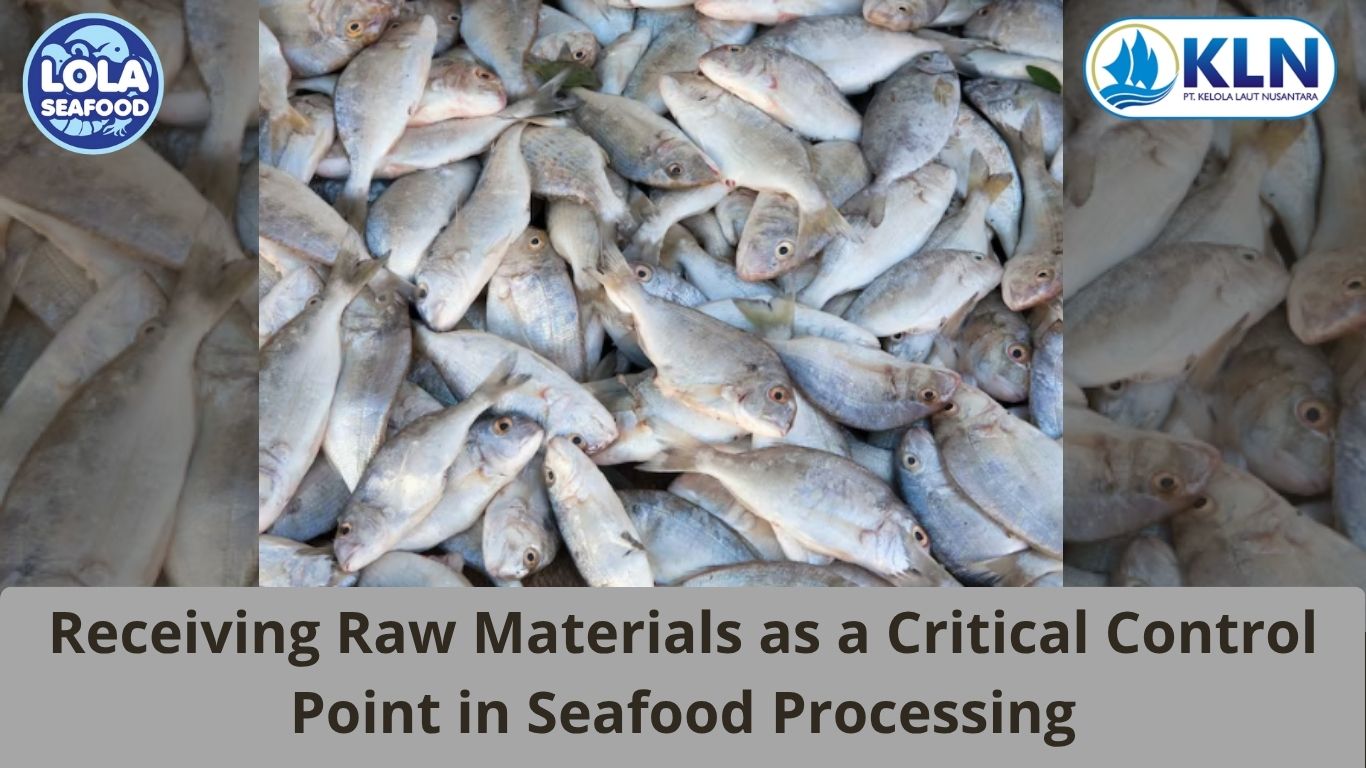
Kelolalaut.com Ensuring the safety and quality of seafood products begins long before they reach the consumer’s plate. One of the most critical steps in the seafood supply chain is the reception of raw materials. Within the framework of Hazard Analysis and Critical Control Points (HACCP), receiving seafood raw materials is often identified as a Critical Control Point (CCP) because it plays a decisive role in preventing food safety hazards. If unsafe or contaminated raw materials enter the production process, subsequent handling and processing cannot always eliminate or reduce the risk to acceptable levels. For this reason, strict control at the point of receipt is essential to safeguard both public health and business reputation.
Importance of Raw Material Reception in Seafood Safety
Seafood is highly perishable and prone to microbial growth, chemical hazards (such as histamine or heavy metals), and physical contamination. Once fish or shellfish are harvested, time and temperature become the most crucial factors influencing their quality and safety. If raw materials are mishandled during harvesting, storage, or transportation, the risk of spoilage or contamination increases significantly.
By designating raw material reception as a CCP, seafood processors can establish clear control measures to verify that only safe and high-quality products enter the facility. This step serves as a gatekeeper, ensuring that all subsequent processing stages—from filleting and packaging to freezing or cooking—are conducted using materials that meet safety standards.
Key Hazards Associated with Receiving Seafood
Several hazards may be introduced at the reception stage:
- Biological hazards: Pathogens such as Salmonella, Listeria monocytogenes, and Vibrio species can be present in raw seafood. Improper temperature control during transportation increases the risk of microbial proliferation.
- Chemical hazards: Histamine formation in certain fish species (like tuna and mackerel) due to time-temperature abuse is a major concern. Additionally, residues of antibiotics, heavy metals, or biotoxins in shellfish must be monitored.
- Physical hazards: Foreign objects such as stones, broken shells, or packaging debris may contaminate raw materials.
These potential hazards make careful inspection and verification at the point of receiving a critical requirement.
Control Measures at Raw Material Reception
To manage raw material reception as a CCP, seafood processors must establish systematic procedures, which include:
- Supplier approval and documentation: Only qualified suppliers with proven compliance to food safety standards should be approved. Documentation such as harvest certificates, catch records, or laboratory test results must accompany each shipment.
- Visual inspection: Trained quality control personnel should visually examine raw materials for signs of spoilage, physical damage, or contamination. Abnormal odors, discoloration, or texture changes may indicate quality deterioration.
- Temperature checks: Temperature measurement is critical. Fish and shellfish should arrive at the recommended temperatures (commonly ≤4°C for fresh seafood and ≤-18°C for frozen products). Any deviation indicates a potential risk and may lead to rejection.
- Sampling and testing: Periodic sampling for microbiological analysis, histamine testing, or chemical residues ensures that raw materials comply with regulatory limits. Rapid test kits can also be used for on-site verification.
- Acceptance or rejection decision: Based on inspection and testing, materials must either be accepted for processing, conditionally accepted with corrective actions, or rejected outright. The rejection process should be well-documented to trace non-compliance.
Monitoring and Corrective Actions
Because receiving is a CCP, continuous monitoring and immediate corrective actions are mandatory. Monitoring includes recording temperatures upon delivery, checking certificates, and documenting visual inspections. If critical limits are not met—such as materials arriving above the safe temperature—corrective actions may involve rejecting the lot, informing suppliers, or implementing stricter controls on future shipments.
Verification and Recordkeeping
Verification ensures that the control system works effectively. This may involve internal audits, reviewing supplier performance, or validating testing methods. Comprehensive recordkeeping, including delivery logs, inspection reports, and rejection records, provides evidence of due diligence and facilitates traceability in case of food safety incidents.
Receiving raw materials in seafood processing is not merely an operational step but a pivotal Critical Control Point in the HACCP system. By enforcing strict inspection, monitoring, and verification procedures at this stage, seafood processors can prevent biological, chemical, and physical hazards from entering the production chain. Effective management at the point of receipt ensures that only safe, high-quality raw materials proceed to processing, thereby protecting consumer health, maintaining regulatory compliance, and strengthening brand reputation. In the seafood industry, where product freshness and safety are paramount, controlling raw material reception as a CCP is not just best practice—it is a fundamental necessity.
If youre interested in our Shark Belly , Shark Cartilage , Shark Fillet and Shark Flake please do not hesitate to contact us through email and/or Whatsapp
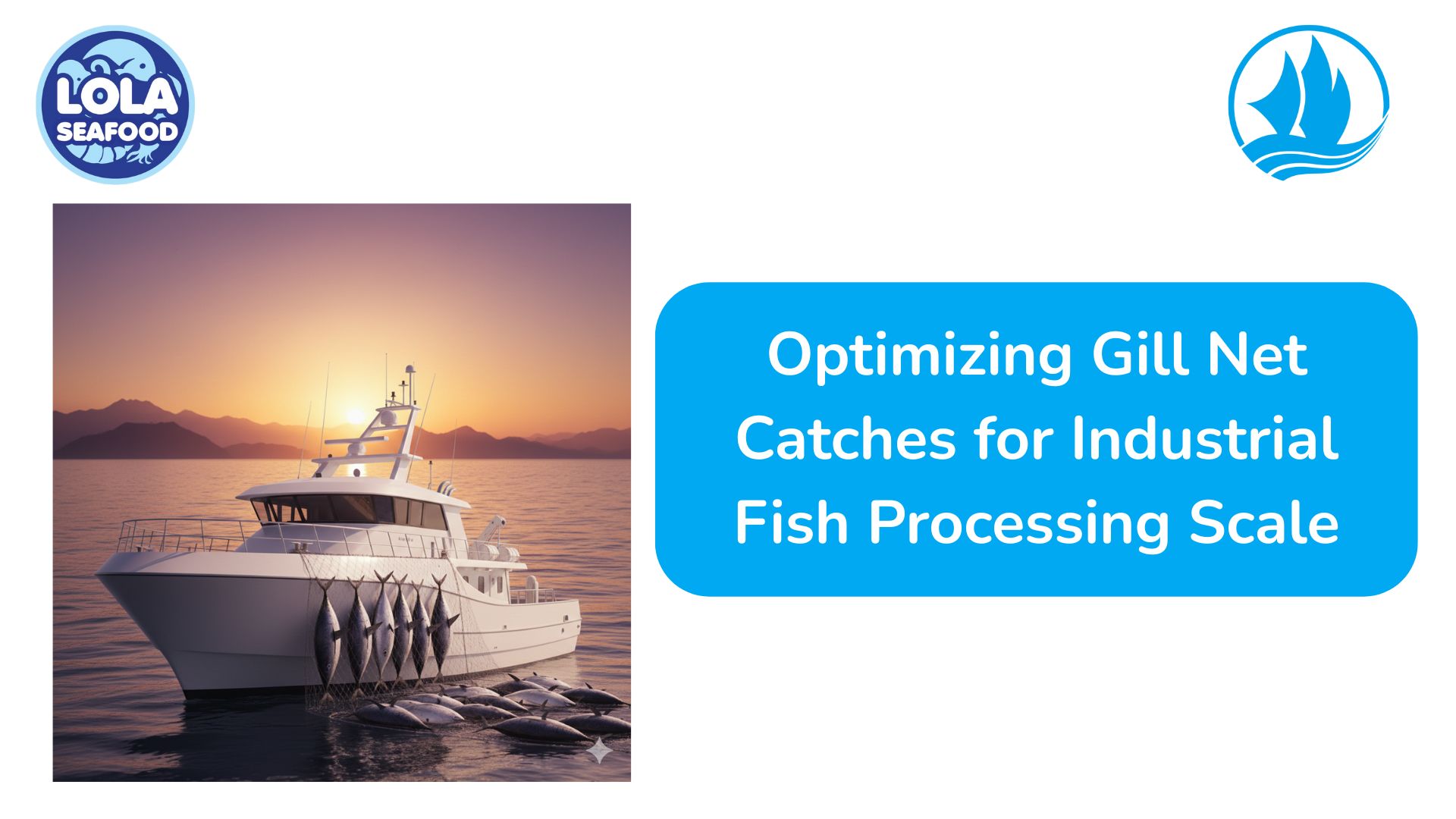
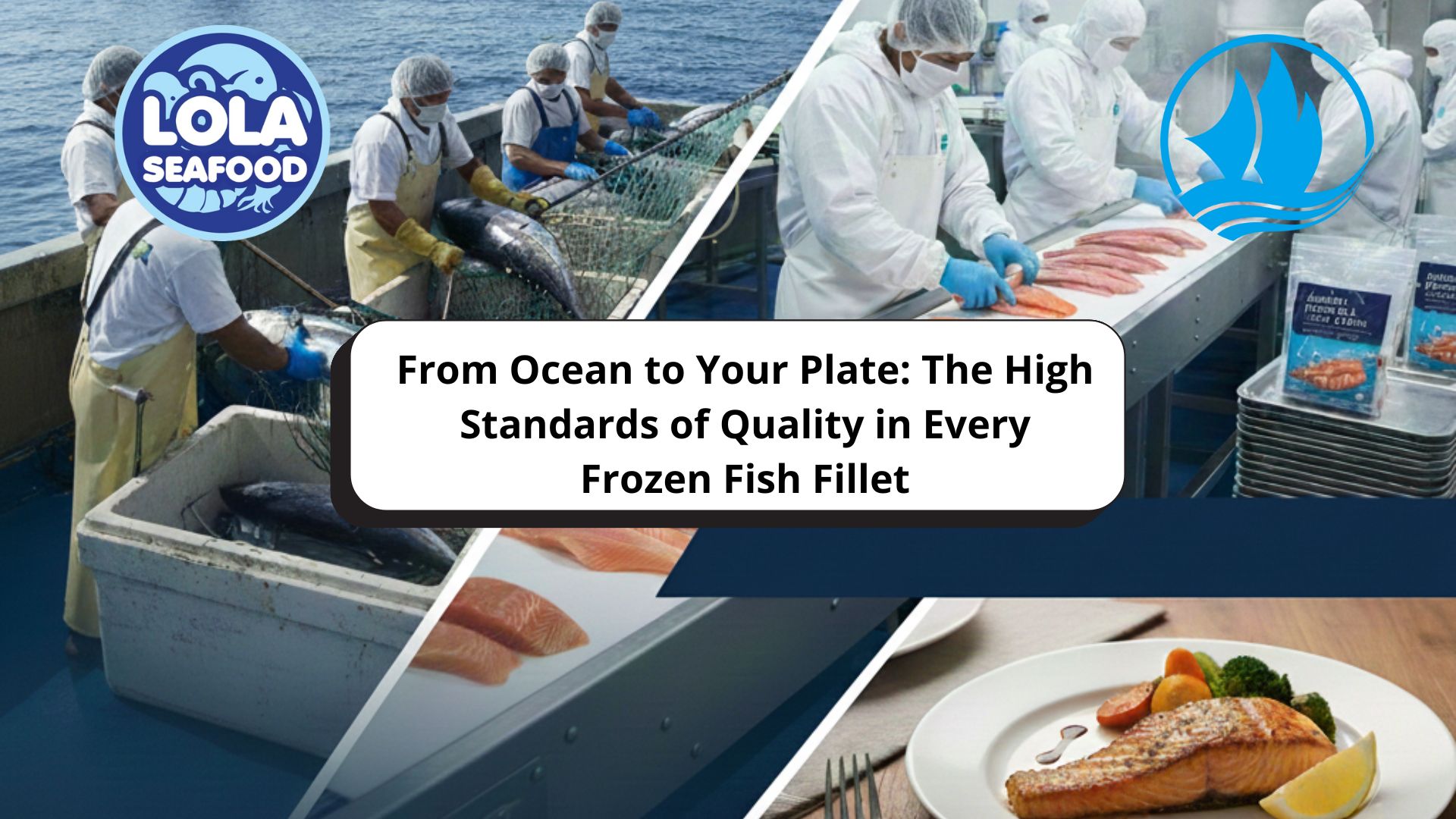
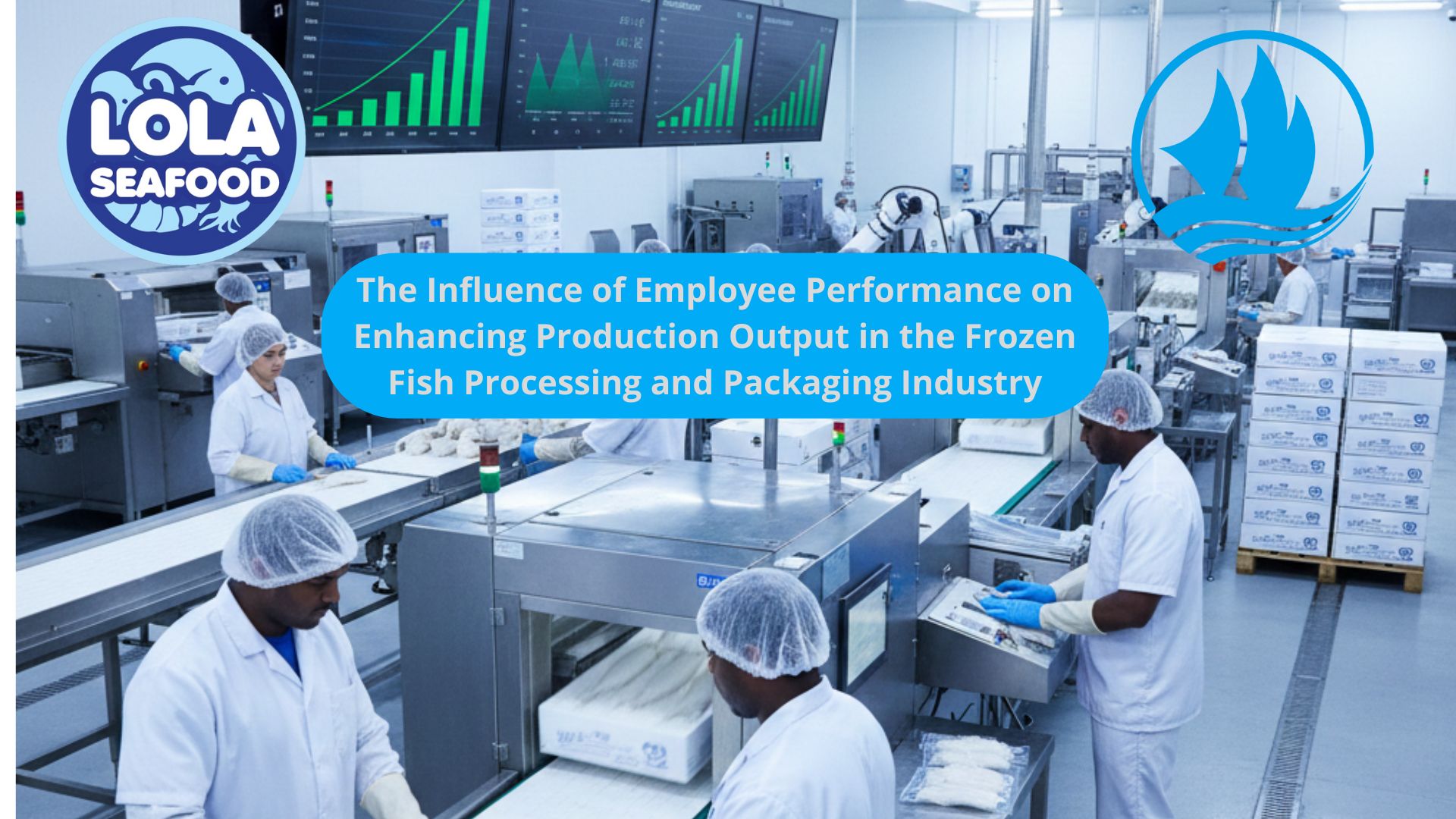
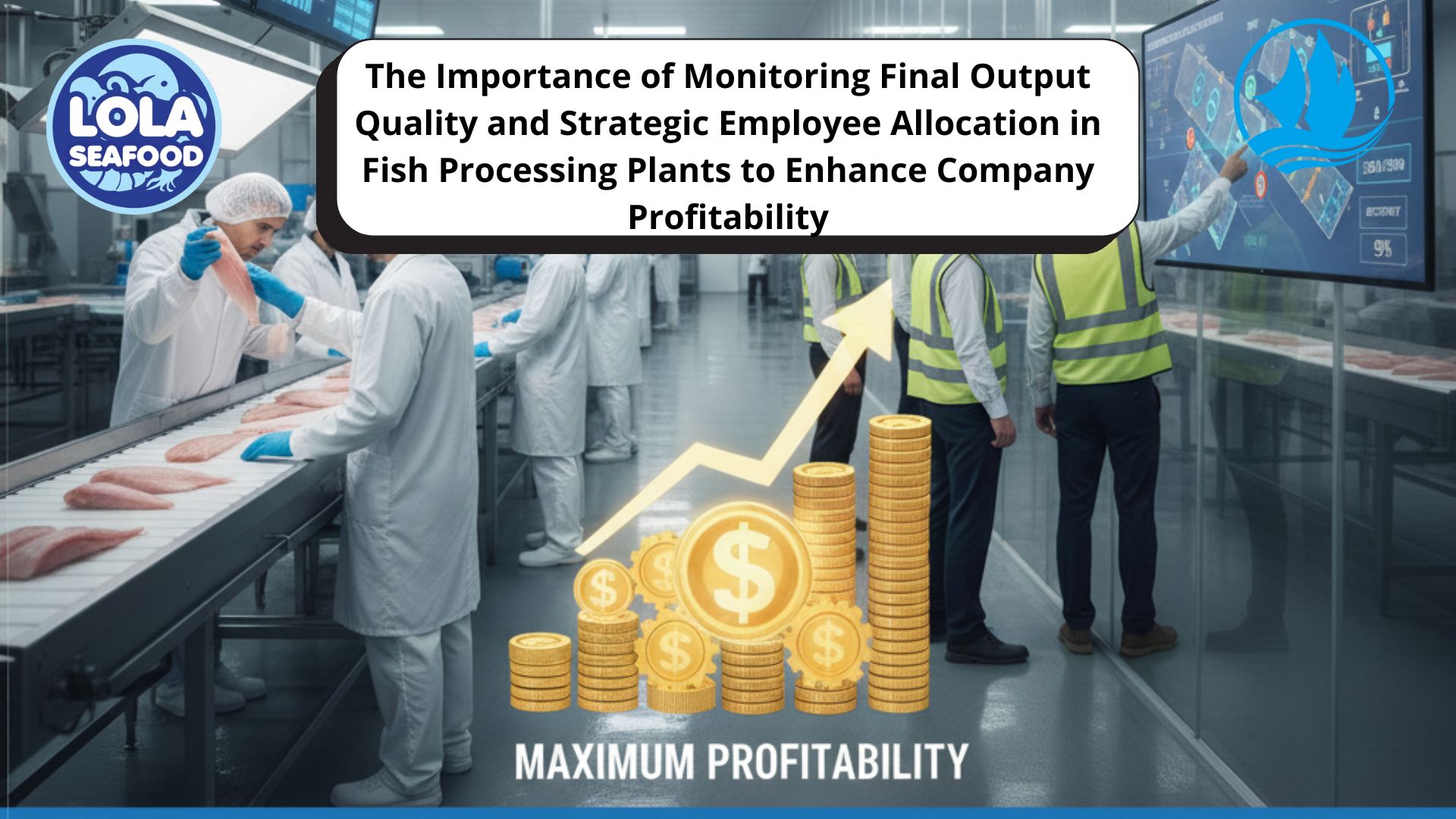
.jpg)
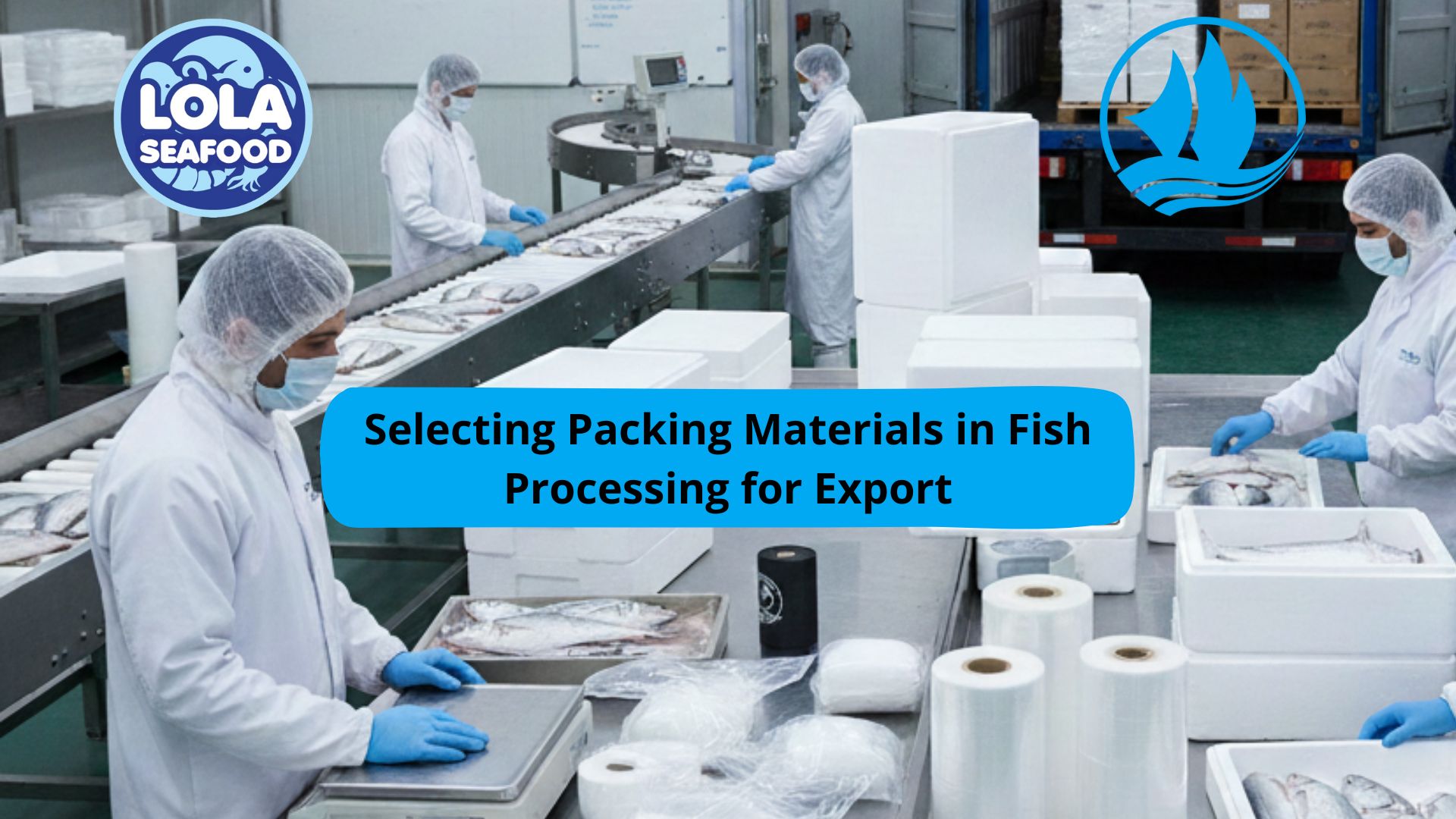
.jpg)
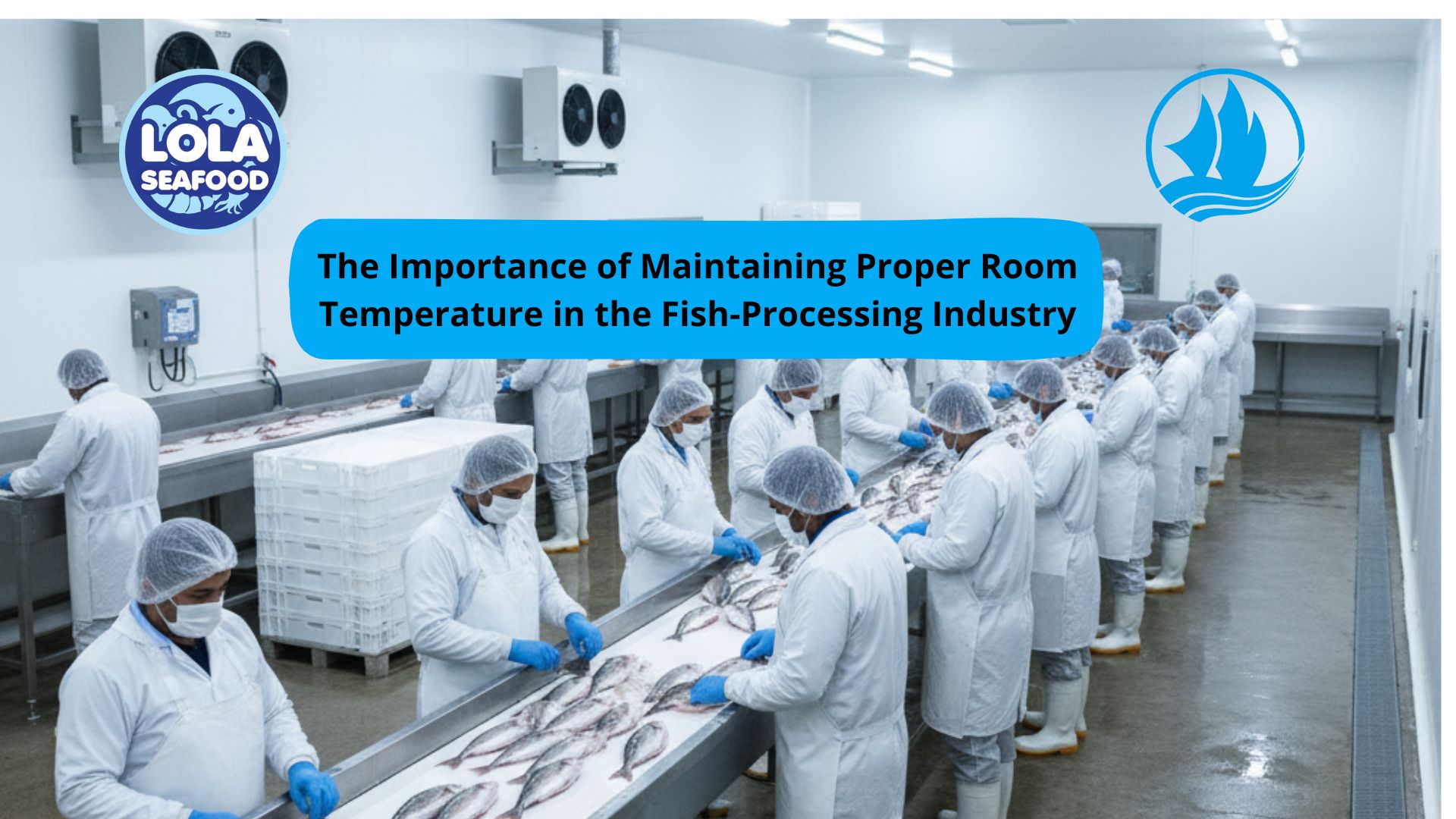
.jpg)